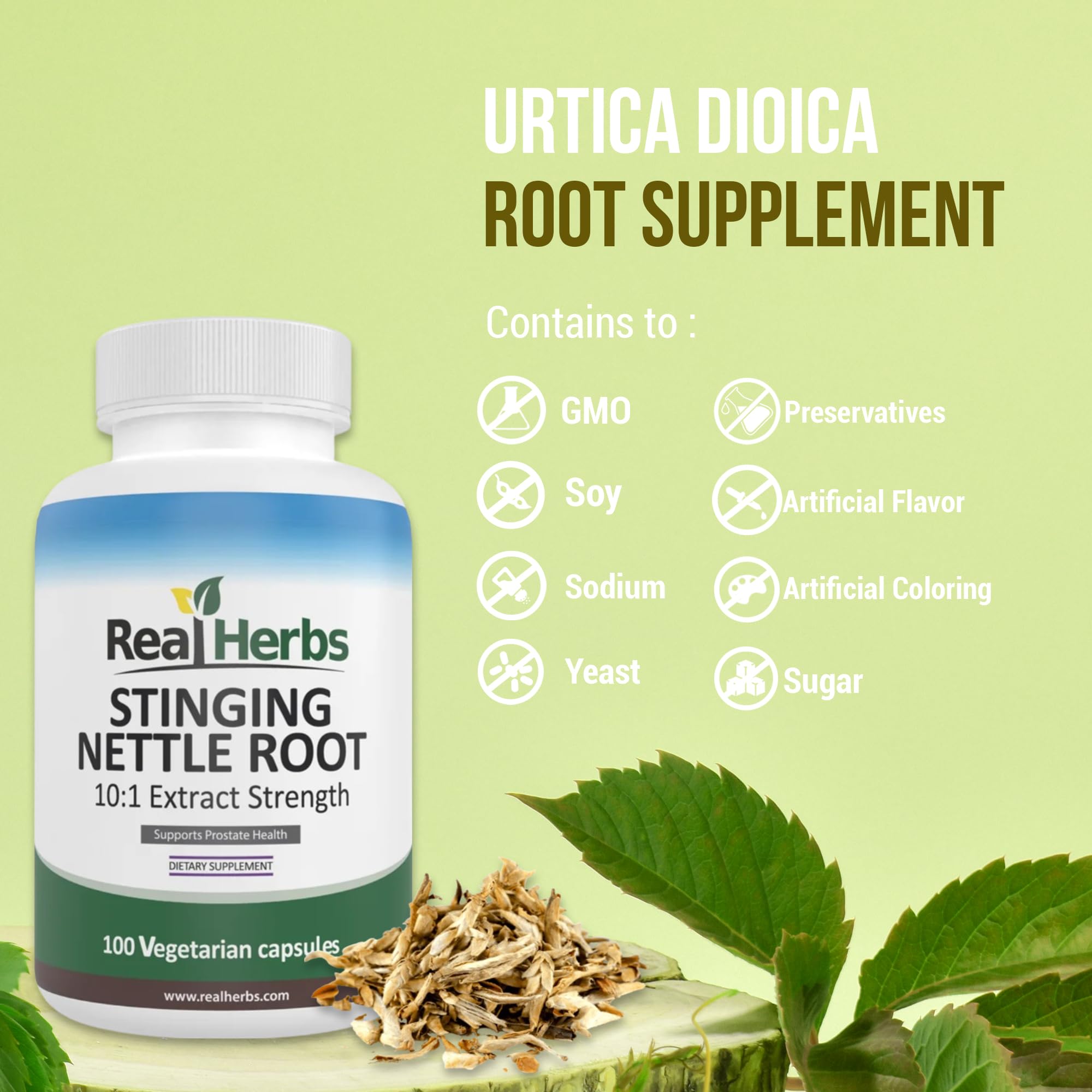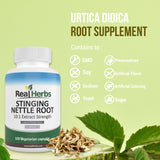Regulating blood sugar levels with Gymnema Sylvestre
The bump and burn of high and low sugar levels can be unpleasant. Our modern diets can leave us exhausted by the constant ups and downs of our mood. Therefore, the use of Gymnema Sylvestre could help us in regulating blood sugar levels and enjoy a greater sense of wellbeing.

These peaks and lows are caused by foods high in glucose. Foods with a heavy glycaemic load will enter your system and cause an immediate spike in blood sugar levels. This is because these foods are processed quickly by the body and have an immediate effect, unlike other foods like bananas, which slowly release energy to the body. Therefore, the spike will be temporary, followed by an excessive dip in blood sugar levels. This in turn will lead to a craving for more sugar and a desire to eat quite quickly. This is how the cycle of irregular blood sugar levels worsen and why problems with irregular blood sugar levels are often directly linked to obesity.
The mountainous peaks of blood sugar are a sign of an unhealthy diet and also, possibly, a sign that you struggle with dramatic swings in mood. High sugar levels will make you hyperactive and excitable. You only need to look at your children after they eat a pile of sweets to see the impact of sugar on our emotional levels. This is followed by a sudden dip in blood sugar, which will swing your mood towards lethargic and anxious, possibly snappy. This is the moment, twenty minutes after sweets, that your children invariably fall out with each other. Therefore, finding a means of regulating your sugar levels can make a major impact on your life.
Finding a natural solution to blood level seems to make sense. If we are aware that it is processing of food that causes the inclusion of additives and preservatives that increase the glycaemic load, then it is probably best to look to nature for a different option. The impact of Gymnema Sylvestre on blood sugar levels is becoming more widely accepted. This is probably because it actually works and often time anecdotal evidence is a much stronger testimonial that scientific studies, who are trapped by vested interest into limiting findings to acceptable understanding.
Gymnema Sylvestre has been used for centuries in India to treat all kinds of blood sugar issues. The active ingredient, glycemic acid, reduces sugar cravings, which means you naturally stop wanting sugar and therefore your levels balance. The addictive quality of sugar is underestimated. Breaking the attachment to the body’s reliance on sweet tastes is difficult. So, the fact that just placing the leaf of this plant on the tongue can kill the taste of sugar, is an impressive aid. However, the supplement, taken as capsules or pills with larger proportions of active ingredient, can have the same effect.
Gymnema Sylvestre can also trick your body by mimicking the glucose molecules and therefore blocking the cell receptors in the intestine, so you won’t take up sugar. Therefore, if you eat sugar laden, low fat food as part of your “healthy diet,” this won’t impact on your blood sugar levels. This is a really clever supplement and we are really only just starting to understand how it works. Some nutritionists are particularly interested in taking the supplement at times when we eat for comfort or over indulge to cope. However, it takes a little time for the supplement to build up in the system, therefore it may require a longer term view of the supplement than just as a single use when we binge unnaturally.
A cure for diabetes?

Diabetes, or an inability to regulate sugar levels, is a major disorder of the endocrine system. It is thought that diabetes is becoming more and more of a problem, as lifestyles become more sedentary and processed sugars increase in our diets. Early symptoms of diabetes include a frequent need to urinate, dehydration with an intense thirst, sudden weight loss, tiredness, weakness and blurred vision. There is a simple test that doctors can administer that will help diagnose the disease.
There are thought to be 10% of the world’s population diagnosed with either type 1 or type 2 diabetes. In some major first world countries this could be as high as 50% of diabetic or pre-diabetic patients by 2020. In the US alone it is thought to cost $245 billion to treat diabetes. It is a disease that can lead to multi-organ complications if untreated, it can also lead to blindness, increased chance of infection and limb amputation. So, this is a serious problem and there are many who believe that science, medicine and politics are failing to get to grips with the increase in diabetics.
Yet, surprisingly, diabetes has featured in medicine for 2000 years, as traditional Indian medicine, Ayurveda, has used the plant Gymnema Sylvestre as a treatment. Indian flora has several thousands of plants that have pharmacological significance, yet only now is science understanding the significance of their power.
Herbal medicines are growing in popularity amongst scientist because they are relatively safe to use, unlike some of the synthetic drugs developed by chemical processes. Plants that help to battle diabetes are of particular interest to the ethnobotanical community, as they are beginning to recognise that there is benefit in the degree to which they can deal with hypoglycaemic and anti-hyperglycaemic activity.
It is thought that the Gymnema Slyvevstre works in two ways to help with diabetes. First it blocks the patient from tasting sugar and secondly, it helps to block the absorption of sugar. Put another way, the leaves of the Gymnema Sylvestre plant is said to contain gymnemic acid molecules, which scientists suggest block the receptor locations for sugar on your taste buds. This stops you craving sugar. It is also thought to block sugar absorption. It slows the transport of glucose to the gut and then to the bloodstream. It is structurally similar to glucose but it acts completely differently in your body. Gymnemic acid helps to lower blood sugar and lower haemoglobin A1c. Some researchers have gone further and suggested that the plant has the capacity to regenerate the beta cells in the pancreas, which produces insulin, and it therefore helps improve the body’s utilization of glucose.
As Gymnema Sylvestre works on the level of sugar in the blood and works to repair the pancreas, it is thought to be effective for Type 1 and Type 2 diabetes. In one clinical trial 22 patients with Type 2 diabetes, who were taking oral diabetic drugs, who also took the supplement, experienced a reduction in blood sugar levels, lower levels of haemoglobin A1c and glycosylated plasma protein levels. At the end of the 18-month study the patients were able to reduce the drugs and maintain a normal blood sugar level. The researchers concluded that beta cells may well regenerate in Type 2 diabetics with the help of Gymnema Sylvestre.

In a similar study on Type 1 diabetics, the same protocol allowed patients to reduce the amount of insulin they needed to inject. A daily dose of the supplement GS4, which is the medical name of the plant, at 400mg per day helped to boost the body’s own ability to produce insulin by regenerating beta cells in the pancreas. Some scientists have reported that 600mg has also proven to be a successful dose for some patients but generally studies tend to be conducted using 500mg capsules standardised to contain at least 25% of the active ingredient: gymnemic acid. Some studies reported that a few participants were able to stop insulin medication completely, though these were the exception in the study. However, this is some evidence that gymnemic acid could offer a cure, as Indian medicine practitioners are likely to have suggested 2000 years ago.
No medic is happy to suggest that the supplement is a cure for diabetes but many are hopeful that with better understand of its effects, it might be. There have been too few studies taken place using people and most of the findings in favour of Gymnema Sylvestre are based on animal research. Medical agencies have yet to officially embrace the supplement as a treatment and no one should be encouraged to stop other treatment in favour of Gymnema Sylvestre. However, it may be a useful discussion to have with your doctor, as it could be taken in combination with traditional treatments.
More exciting, possibly, is that people identified at risk of developing diabetes could take the Gymnema Sylvestre supplement to prevent the onset of problems. Taking the supplement along with taking action to remove processed sugars from diets, people can prevent the problems associated with diabetes developing. Here is a possible approach: Gymnema Sylvestre can be taken, you could eat eggs at breakfast instead of cereals, which have a high glycemic load, and then try weaving avocados into your diet. These methods will allow the individual to take control of whether or not they become one of the 50% who might or might not become diabetic or pre-diabetic by 2020.
Therefore, the major impact of the supplement could be in preventing the oncoming crisis that many countries are predicting. With diabetes potentially rising to half the population if something doesn’t change, the promotion of a natural ingredient that can prevent sugar entering the system, must be seen as a victory for the supplement industry.
Potential side effects
The thing that excites medics and scientists alike is that Gymnema Sylvestre is unlikely to cause any side effects on people who take the supplement. Many people actually drink the supplement regularly as a loose leaf tea, without any adverse effects. This is so much the case that there is no commonly compiled list of side effects.
All reports on side effects are anecdotal. For instance, there have been some reports that the supplement can work too well and lower blood sugar levels to unhealthy levels. This is especially true if you are already diabetic and working beyond the suggested dosages or using tablets and teas at the same time. The solution to such side effects is to monitor blood sugar levels closely and then modify the dose that you are taking as soon as you notice the side effects. Specialists in herbs also suggest not mixing Gymnema Sylvestre with St john’s Wort. St John’s Wort can also magnify the impact of the herb on lowering blood sugar levels. There are also some warnings that there are contraindications with prescription antidepressants.
If you are a diabetic it is worth speaking to a doctor before taking supplements. This is true when receiving any prescriptions from the doctor. They should be informed of any medicinal compound likely to interact with the medicines they are suggesting. So, this is not just advice limited to diabetic medicines. Gymnema Sylvestre can also have impact on cholesterol levels and heart health, positive help, however, this suggests it could also interact with drugs taken for these reasons.
There are warnings that women who are pregnant or lactating should not take the supplement. This is because the supplement builds up in the system and will make its way into the baby’s system too. As foetus and new born babies’ systems are sensitive, it is important to carefully manage what goes into the mothers’ bodies. Therefore, speak to a doctor if you want to take the supplement.
What does all this evidence suggest?

Doctors are cautiously optimistic about the successes of Gymnema Sylvestre in the treatment of Type 1 and Type 2 diabetes. They are particularly concerned by any suggestion that it can replace insulin injections. All the studies performed by scientists use the supplement with the traditional diabetic medication. However, the studies do report a lessening of dosage of this prescribed medication but never go so far as to say there is a complete cure.
Therefore, the evidence seems to suggest that Gymnema Sylvestre is a supplement to the medications that control the damaging disease. This message from medics and scientists is best described as ‘growing optimism’. Therefore, this might only be the beginning of the role of the herb in the treatment regimen of the diabetes.
At present, nutritionists are far more convinced of the place of Gymnema Sylvestre in our diet. The damaging impacts of spikes in sugar levels are often caused by foods with high glycaemic loads. Therefore, nutritionists are drawn to the successes of the supplement in preventing the craving for sugar and blocking sugar reaching the system, which means the mood of individuals is levelled and a sense of wellbeing is restored.
The connection between blood sugar levels and weight problems
You do not have to be obese to struggle with diabetes. This is a common misconception, caused by ignorance about the endocrine disease, which can be caused by extensive damage to the pancreas. The pancreas is the organ that produces insulin, which is the chemical that helps our body deal with glucose in our system. It is also possible for our body’s to lose sensitivity to insulin, therefore it stops having the impact it should.
However, there is a greater chance of diabetes if you are obese. The increases in diabetes in recent years and the projected figures, of 50% of first world populations with diabetes or pre-diabetic symptoms by 2020, are a result of poor diet and sedentary lifestyles. This is seen as a burgeoning crisis in first world medicine and something that is costing billions to treat.
Therefore, although there is a false belief that diabetics have brought this disease on themselves, with poor habits, there is a connection to what we eat and the lifestyle we lead for some versions of the disease. Therefore, we need to control what we eat for our future health. But, let’s face it, this is unlikely to be why we would be interested in a supplement, we are more likely going to be interested in that it could help reduce sugar cravings. We are likely to be interested far more in the cosmetic consequences of a reduction in calorie intake!












